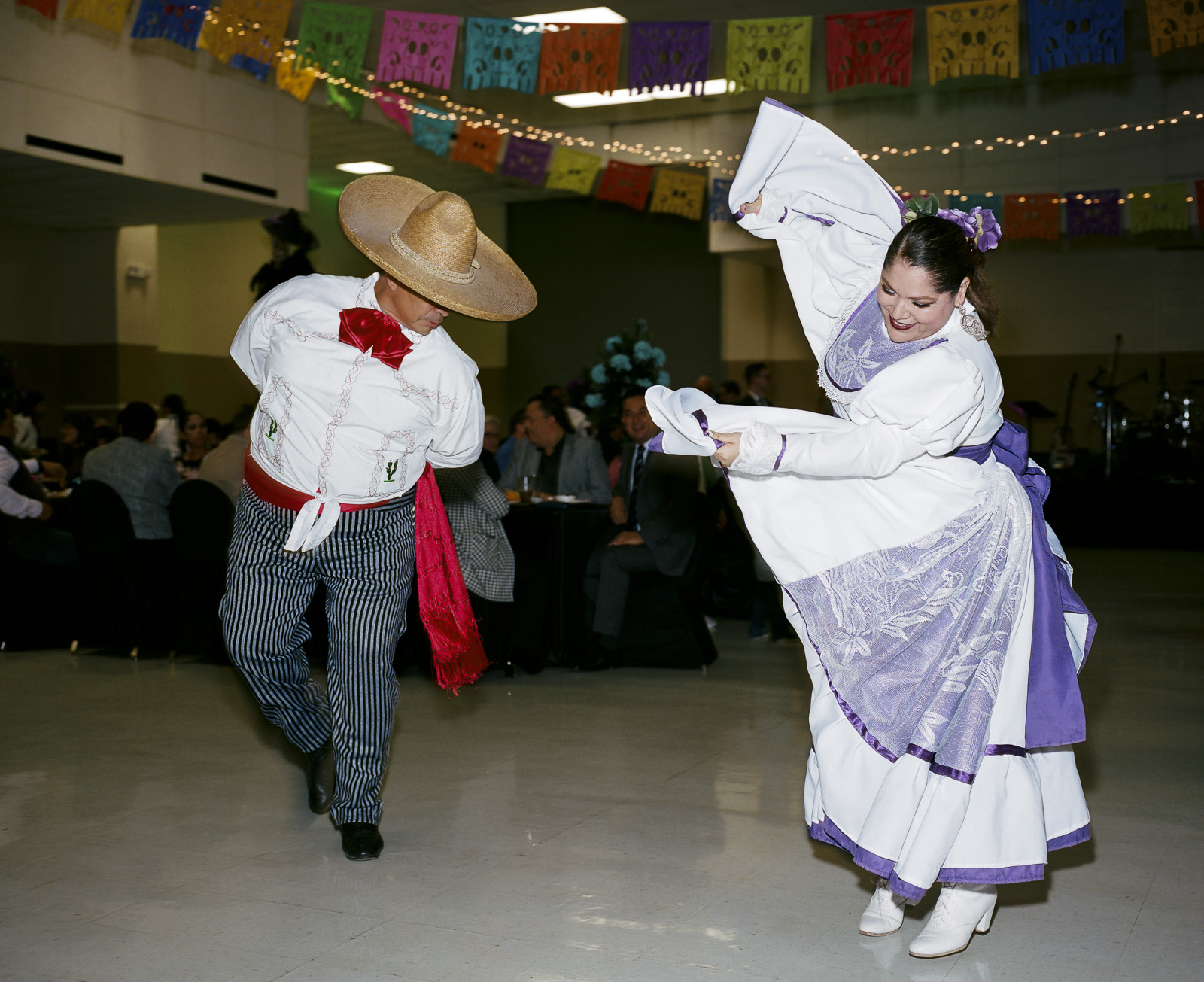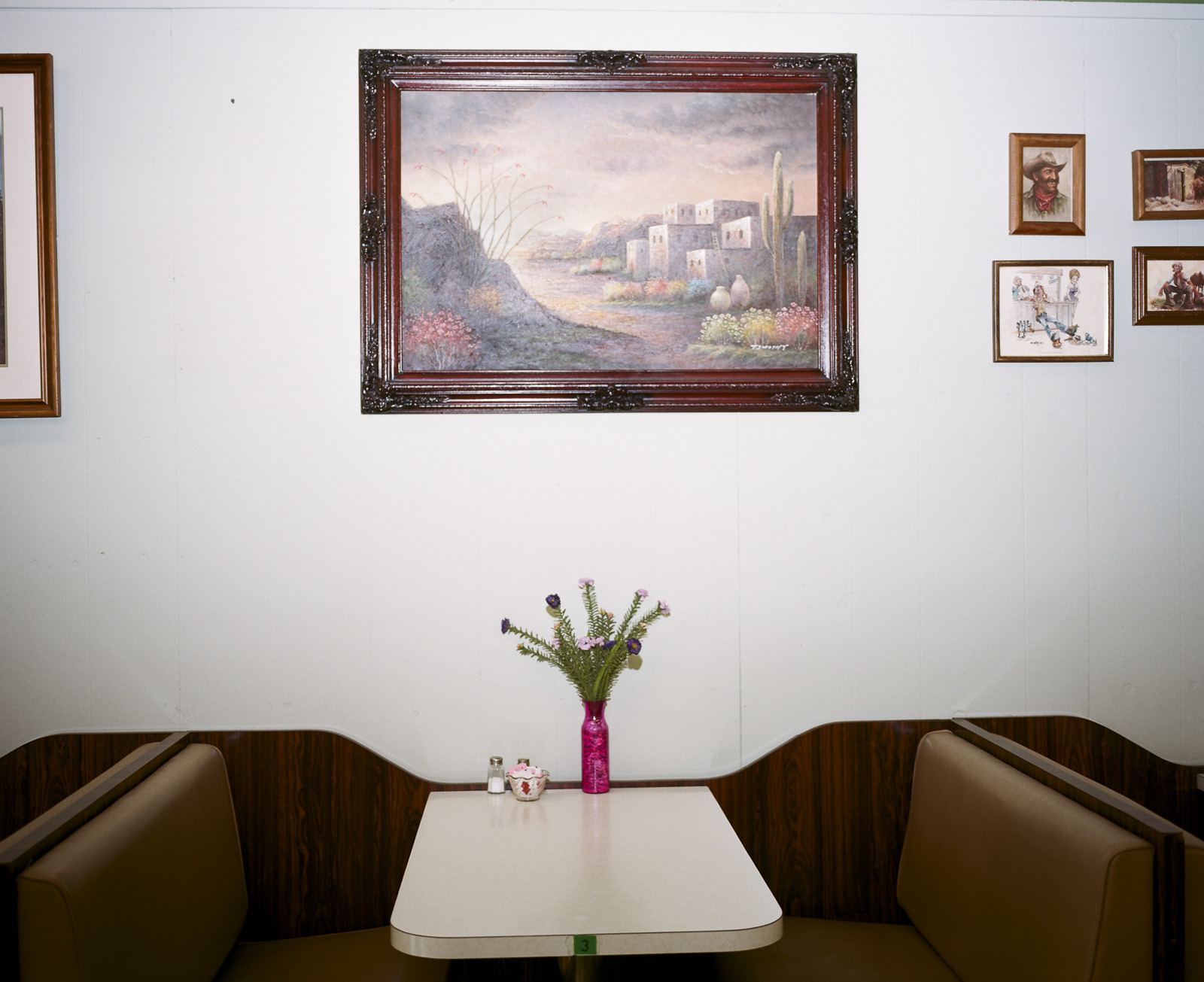
Postcards From Del Rio
Commissioned by Topic
Portraits of a border town, with an essay by Roger Hodge, author of Texas Blood: Seven Generations Among the Outlaws, Ranchers, Indians, Missionaries, Soldiers, and Smugglers of the Borderlands.
Photographs by Barry Stone
Words by Roger Hodge
Photo Edited by David Barreda
When Frederick Law Olmsted rode west from San Antonio in 1854 on his way to Mexico, following roughly the present route of US 90, he marveled at the great chaparral desert that stretched before him, reaching all the way to the Rio Grande valley—and he wondered about the kind of person willing to live out here, unprotected, exposed to the depredations of Comanches and Apaches, who were always showing up when least expected. Olmstead wrote that he had never seen such a dreary country. The landscape was rolling like a prairie but with poor soil—arid, rocky, sterile—and blanketed with a “dwarf forest of prickly shrubs.” All in all, a perfect description of southwest Texas.

Today, a traveler might fall into a similar wonderment driving into Del Rio, past junkyards and body shops, purveyors of pornographic videos and honky-tonks. Desert towns wear everything out in the open. The main commercial drag, populated by the usual assortment of regional grocery stores and national fast-food chains, provides little insight into whatever it was that suggested to someone, shortly after the Civil War had concluded, that this must be the place to put down roots and start a community. The old downtown, clustered along South Main Street, depressed and largely vacant for decades, offers little more to the imagination. As a youth I wandered those desolate streets—afoot, on a bicycle, and later in a pickup—hanging around in search of enjoyment or a stray joint or an emotion.


Photographer Barry Stone arrived in Del Rio late one evening in October, during an uncharacteristic rainy spell, and was immediately welcomed, initiated into the mysteries of the Mayor’s Reception, a private event hosted by Mayor Bruno “Ralphy” Lozano (the star of Topic’s documentary feature), where attendees were fed enchiladas and empanadas and caramels amid a presentation of flaming melons. Later, at a celebration of Mexican and Tejano vernacular music, he listened to young guitar students plucking out their first songs, as well as veteran musicians playing traditional numbers. The show went on for hours, the place was packed, and the snacks were free. “The culture and the arts were tied to people’s lived experience,” Stone tells me. “Then I went to a punk rock show and it was the same thing. It was richer than many of my experiences in Austin, that’s for sure. It does seem desolate at first—it’s a hardscrabble place—but then there are these moments of lyrical beauty.”









